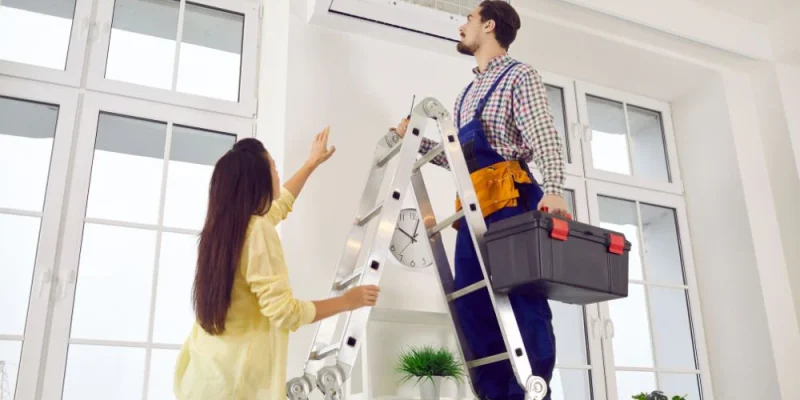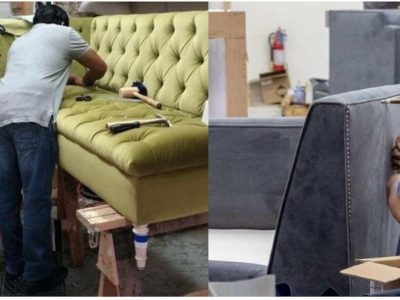Few things are more unpleasant than finding out rodents have made themselves at home in your air conditioner. Not only can they chew through wires and insulation, but they can also cause foul odors, contamination, and even system failure.
The good news? You can catch the signs of rodent damage early if you know what to look for. Here’s how to inspect your AC before it turns into an expensive problem.
Always Start With Safety
Before inspecting your AC, turn off the power at the electrical breaker box. This protects you from electrical shocks and prevents the unit from accidentally starting while you’re examining it. Safety first, no one wants a surprise jolt while checking for mouse droppings.
Inspect The Outdoor Condenser Unit
Rodents love dark, sheltered spaces, which makes your outdoor condenser an ideal nesting spot. Here’s what to look for:
- Droppings around the unit – Small, dark droppings on the ground or near wiring are a clear sign that rodents have been visiting.
- Chew marks – Mice and rats constantly gnaw to wear down their teeth. Check for chewed wires, insulation, or plastic parts. Even minor wire damage can cause electrical shorts or malfunctions.
- Nesting materials – Look for shredded insulation, paper, leaves, or fabric around or inside the unit. These are telltale signs of a rodent nest.
- Sounds – With the system off, listen closely for any scratching or squeaking from inside the condenser. You might be hearing uninvited guests.
- Entry points – Check for small cracks, holes, or gaps in the casing where rodents could squeeze through. Even a hole the size of a coin is enough for a mouse.
- Clean the area – Remove clutter, tall grass, and debris around your unit. Rodents love hiding in overgrown or cluttered areas, so a clean environment helps deter them.
Examine The Indoor Ductwork And Vents
Once you’ve checked the outdoor unit, move indoors. Rodents often travel through ductwork, leaving damage behind.
- Use your nose – A musty, sour, or ammonia-like smell when you turn on your AC could mean rodent urine or even a decaying animal in the ducts.
- Check vents and filters – Remove vent covers and shine a flashlight inside. Look for droppings, shredded materials, or grease marks from rodent fur. A dirty air filter or a sudden increase in dust may also be a clue.
- Listen for noises – Rodents are nocturnal, so pay attention to scratching or gnawing sounds at night, especially near walls or ceilings.
- Watch for insects – Flies or other bugs gathering near vents could indicate a trapped rodent in the system.
- Note cooling inconsistencies – If some rooms suddenly stop cooling properly, a chewed wire or blocked duct could be to blame.
For thorough HVAC inspections and expert AC repairs, trust the team at Service Champions to keep your home comfortable, safe, and rodent-free year-round.













Comments